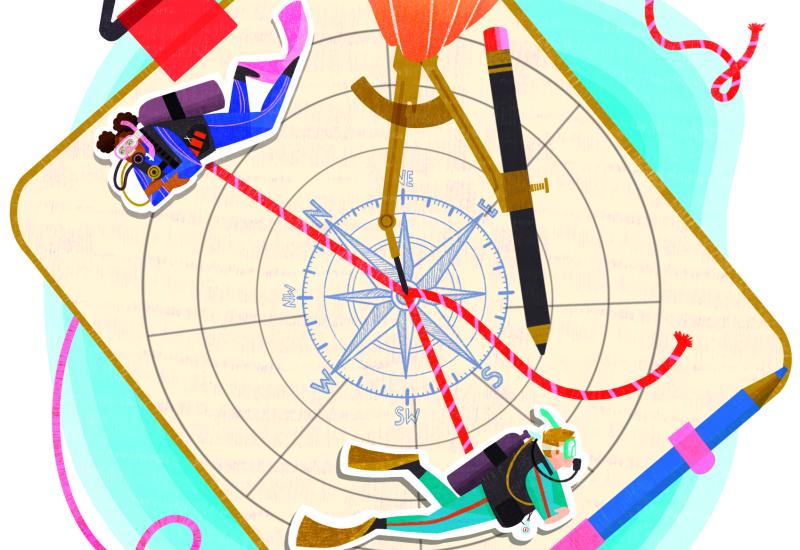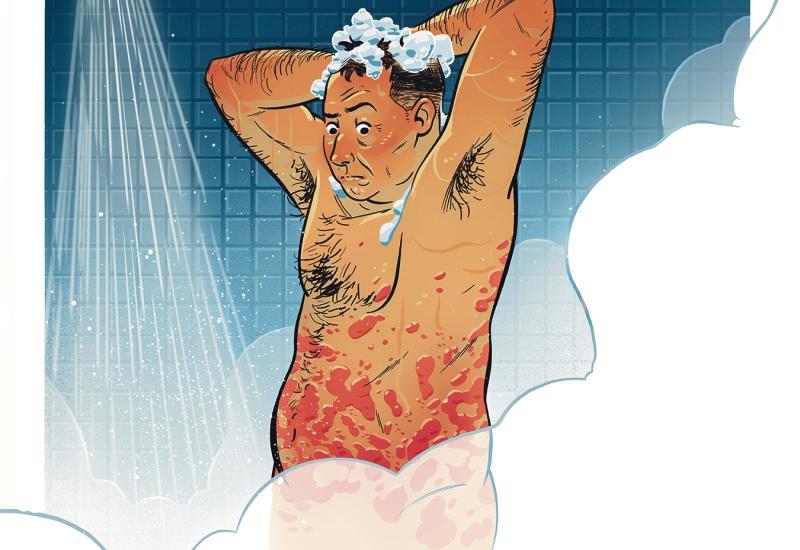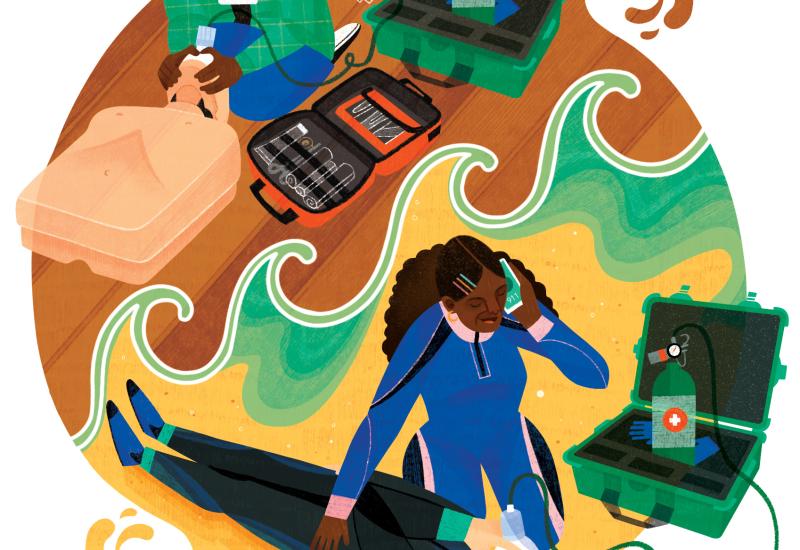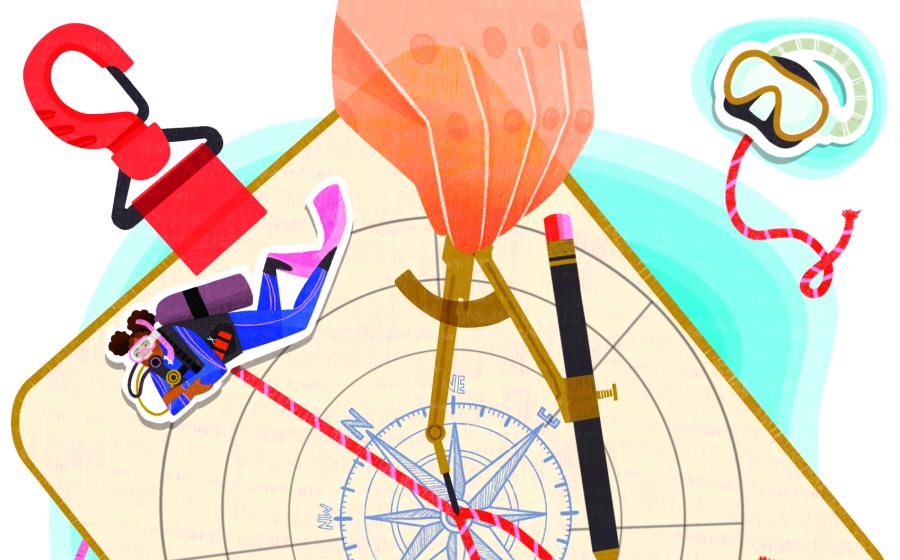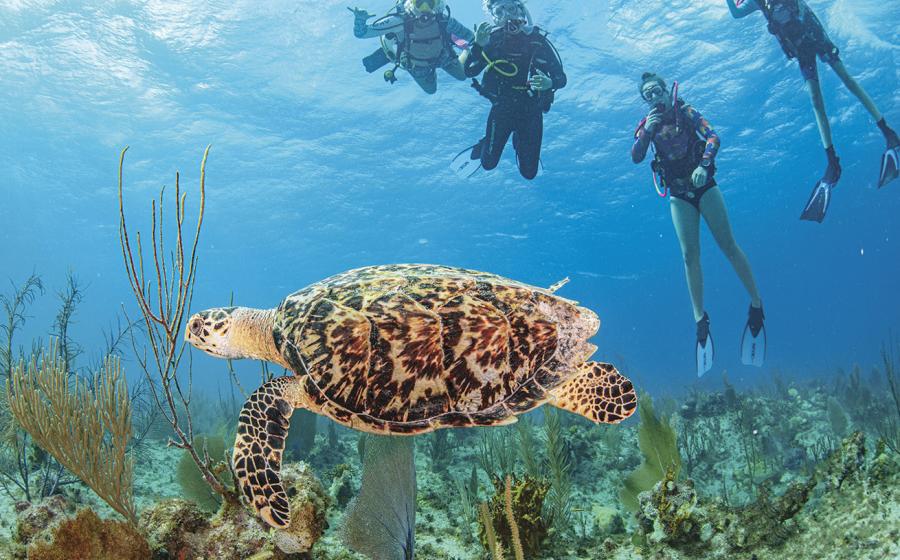How Can I Find a Dive Guide Who Respects My Limits?
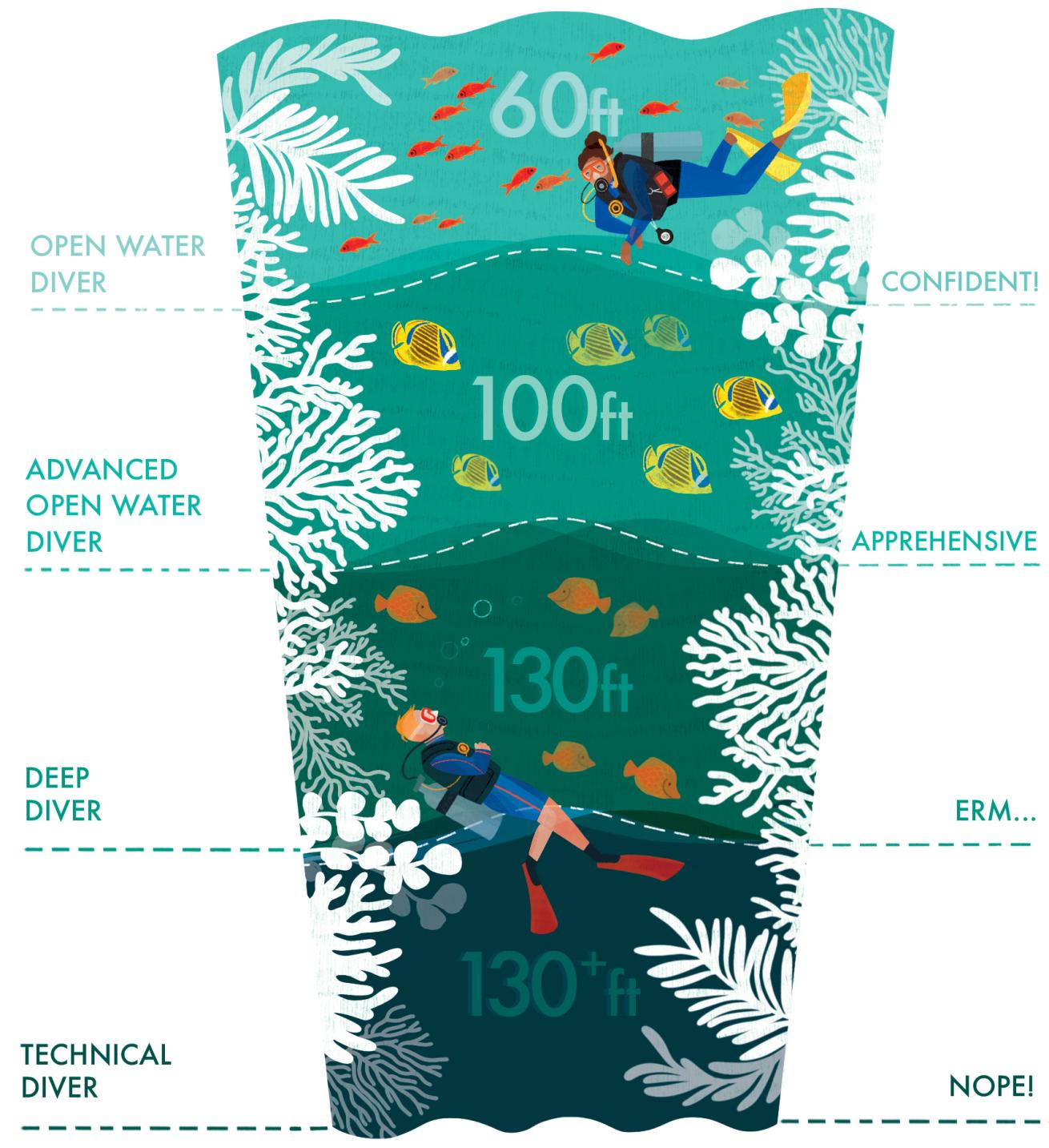
Lauren Rebbeck
Dear Annie,
I'm open-water certified, but recently my guide tried to take me deeper than 60 feet. I was nervous and canceled the dive. How can I avoid this situation?
-Happy in the Shallows
Dear Happy,
I try to prepare all my students for the pressure they might encounter when traveling, as I have witnessed operators taking divers deeper than their experience warrants. Often, beginner divers have little time to explore at depth. Certification dives are usually spent doing skills in less than 30 feet of water. Gaining additional experience underwater is so important for personal comfort. Although bobbing on a boat is not as fun as diving, if you are in an uncomfortable position, calling the dive is the right thing. Part of being a responsible diver is knowing your limits and not diving outside your comfort zone. Here are some tips to prevent disappointment next time.
Contact the dive shop you plan to dive with in advance. Let them know you are PADI Open Water Diver certified with limited dives and only want to dive shallower than 60 feet. Ask them if they cater to beginner divers. Understand there are locations around the world that cater to more experienced divers and you would need more dive experience and an advanced certification to be comfortable. Other dive destinations have a variety of both shallow dives for beginners and deeper diving for the experienced divers.
In other countries, dive guides might not be certified as divemasters or instructors. The role of a “dive guide” is to simply lead you on a dive. They will not monitor your depth, air or training limits. They will tour you through their backyard. A dive guide expects you to be qualified and comfortable in the water, as they will not act as an instructor. Depending on the operation and location, you could be one of several divers they are guiding. If you want a more personal experience, hire a divemaster or instructor for a PADI Discover Local Diving experience. You will get acclimated to the area under the supervision of a qualified PADI Pro.
To learn new skills and get additional experience with a PADI Instructor, book a continuing education course such as Boat Diver, Peak Performance Buoyancy, Underwater Naturalist or Fish ID on your next trip. Complete the online portion of the course at home and the dives with an instructor when you arrive. Underwater Naturalist and Fish ID are more like fun dives that also teach you about the environment. Not only are continuing education dives fun, but they count toward your PADI Advanced Open Water Diver course, so when you’re ready to go deeper, you have additional experience.
Related Reading: What's the Most Important Dive Gear to Invest In?
Always remember that although a dive briefing may give a maximum depth deeper than your certification, you and your dive buddy can talk to the dive guide and let them know that you will stay at a shallower depth. On wall dives, which sometimes drop to well below recreational diving depths, you can stay shallower than other divers in the same group. It’s important to read your dive computer and monitor your air supply on every dive. Always create a plan with your buddy and communicate with the dive operator. You are not alone in being content in the shallows. I spend a great deal of time there too.
Hope these tips help. I look forward to hearing about your next underwater adventure.

Ask Annie
PADI Master Scuba Diver Trainer Annie Crawley answers your most pressing questions about dive etiquette, training qualms and gear analysis with zero judgment and a whole lot of lived experience.
Have a question for Annie? Send to [email protected] with the subject "Ask Annie".

